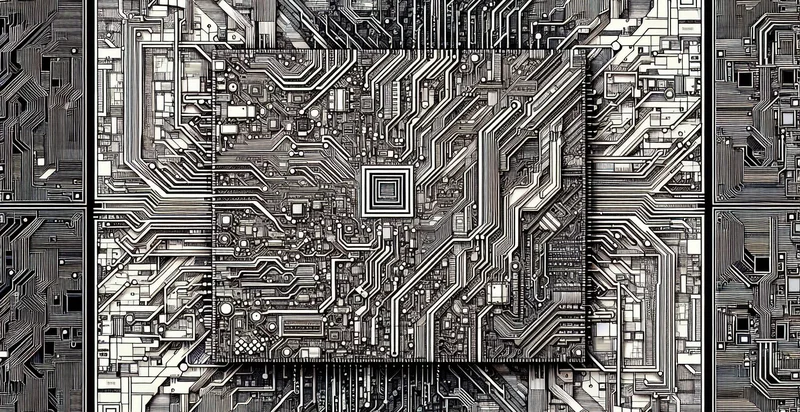Identify differential types
using AI
Below is a free classifier to identify differential types. Just upload your image, and our AI will predict the differential types of the input data. - in just seconds.

Contact us for API access
Or, use Nyckel to build highly-accurate custom classifiers in just minutes. No PhD required.
Get started
import nyckel
credentials = nyckel.Credentials("YOUR_CLIENT_ID", "YOUR_CLIENT_SECRET")
nyckel.invoke("differential-types", "your_image_url", credentials)
fetch('https://www.nyckel.com/v1/functions/differential-types/invoke', {
method: 'POST',
headers: {
'Authorization': 'Bearer ' + 'YOUR_BEARER_TOKEN',
'Content-Type': 'application/json',
},
body: JSON.stringify(
{"data": "your_image_url"}
)
})
.then(response => response.json())
.then(data => console.log(data));
curl -X POST \
-H "Content-Type: application/json" \
-H "Authorization: Bearer YOUR_BEARER_TOKEN" \
-d '{"data": "your_image_url"}' \
https://www.nyckel.com/v1/functions/differential-types/invoke
How this classifier works
To start, upload your image. Our AI tool will then predict the differential types of the input data..
This pretrained image model uses a Nyckel-created dataset and has 32 labels, including Active, Autoblocking, Centrifugal, Differential Bearing, Electronic Locking, Fluid Coupling, Gear Type, Gear-Driven, Heavy-Duty and Helical.
We'll also show a confidence score (the higher the number, the more confident the AI model is around the differential types of the input data.).
Whether you're just curious or building differential types detection into your application, we hope our classifier proves helpful.
Related Classifiers
Need to identify differential types at scale?
Get API or Zapier access to this classifier for free. It's perfect for:
- Quality Control in Manufacturing: This use case involves integrating the 'differential types' identifier into production lines to automatically classify and flag defective images of products. By identifying and isolating anomalies, manufacturers can maintain higher quality standards and reduce waste.
- Enhanced Security in Surveillance: The function can be utilized in security systems to differentiate between normal and suspicious activities captured on surveillance cameras. By classifying images in real-time, security personnel can prioritize response to potential threats, enhancing overall safety.
- Medical Imaging Analysis: In healthcare, this identification function can assist radiologists by classifying different types of anomalies in medical images, such as X-rays and MRIs. By improving the accuracy of diagnosis, it can lead to earlier intervention and better patient outcomes.
- Social Media Content Moderation: Social media platforms can employ this function to identify and classify potentially harmful visual content. By automatically flagging fake or inappropriate images, platforms can enhance user safety and maintain community standards.
- E-commerce Product Verification: Online retail platforms can use the identifier to ensure that product images align with the actual items being sold. By detecting discrepancies, businesses can reduce the likelihood of returns and customer dissatisfaction, leading to improved sales and trust.
- Smart Agriculture Monitoring: In agricultural settings, the function can help in classifying images of crops to detect diseases, pest infestations, or nutrient deficiencies. By identifying these issues early, farmers can take proactive measures, optimizing yields and resource use.
- Autonomous Vehicle Vision Systems: This identifier can enhance the perception systems of autonomous vehicles by classifying and differentiating various obstacles and environmental elements in their path. By accurately identifying objects, vehicles can make better navigation decisions, improving safety and efficiency.


